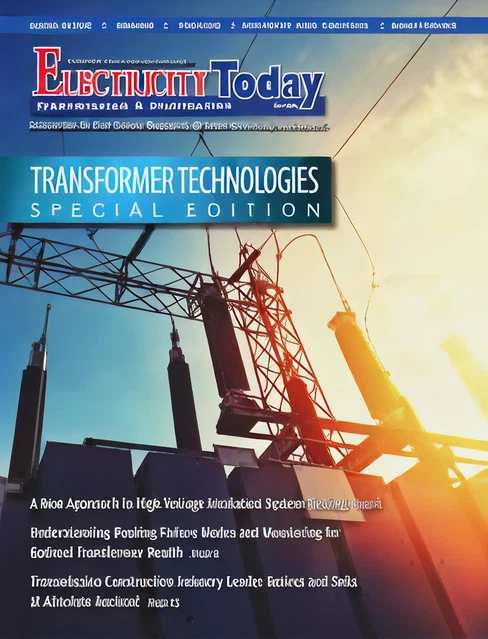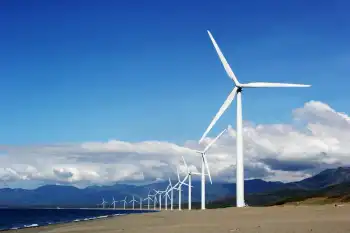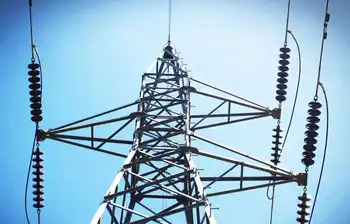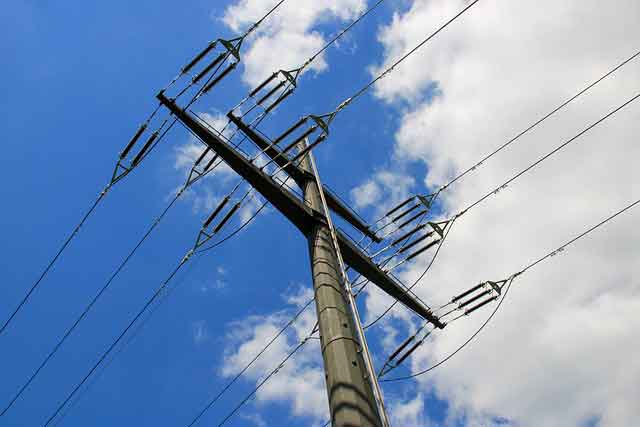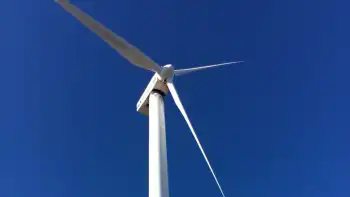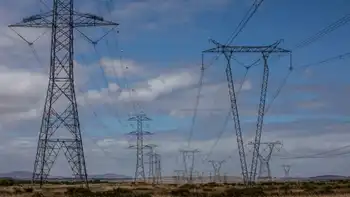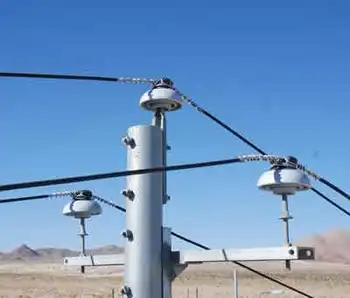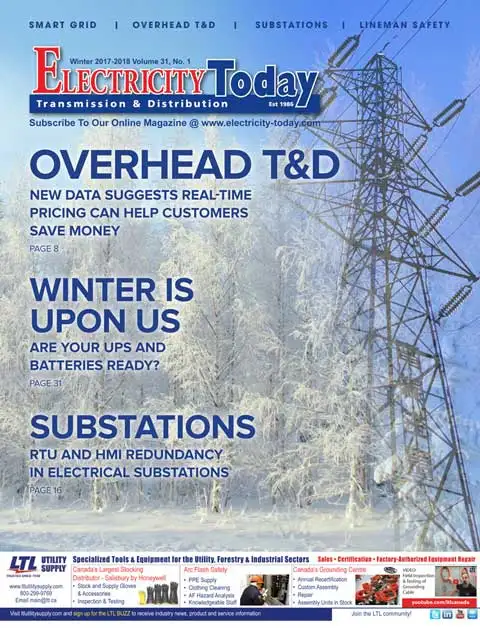Cyber threat to grid under review
By InternetNews.com
Protective Relay Training - Basic
Our customized live online or in‑person group training can be delivered to your staff at your location.
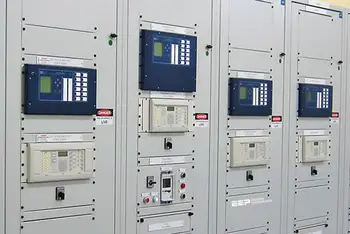
- Live Online
- 12 hours Instructor-led
- Group Training Available
The report, which has been available online since March, was something of a pet project for Jian-Wei Wang, a network analyst at China's Dalian University of Technology. His study confirmed the fears of many technologists and government officials: a technology-assisted attack on just one subnetwork supporting the power grid would likely have a catastrophic impact on the entire West Coast.
"At this point, our command and control folks are looking into the report and making every effort to protect the nation's power grid infrastructure," DHS spokesman John Verrico said in an interview with InternetNews.com. "Right now I can tell you we're in the process of rolling out new technology that addresses this threat."
In 2003, the devastating Northeast blackout essentially shutdown New York City and a wide swatch of the East Coast and Midwest, resulting in more than $10 billion in economic loss. Recent intelligence reports compiled by DHS and the CIA claim that hackers based in China have compromised the U.S. power grid twice in the past decade.
Some officials have suggested that hackers may have been responsible for the 2003 blackout despite initial reports that an Ohio generation plant operated by American Electric and Power (AEP) sent a surge into the system that caused a massive, cascading failure. A worm in the plantÂ’s non-power systems was said to be coincidental.
The Obama administration is taking the threat seriously and plans to invest up to $200 million on so-called smart grid technologies to create a digitally connected power grid to help insulate the nation's electrical supply from terrorist attacks and innocent mistakes alike.
However, most of the nation's power grid and equipment hasn't been updated since the 1940s. And the prospect of connecting such a crucial component of the nation's security and economy to the Internet raises as many potential problems as it solves.
"Energy and power supply systems do have vulnerabilities," Tiffany Jones, Symantec's director of public policy and government relations, told InternetNews.com in March after government officials confirmed that spies had twice compromised the U.S. power grid in the past decade.
At the time, Jones said challenge for technologists is that most power systems and their supporting software and hardware were not designed to be connected to the Internet.
"Adding security onto these systems can slow things down," she said. "We need more research and development."
Openingup the electrical grid as a distribution system for the Internet and communications could open up the entire power system to greater risk. Utilities have already opened their closed networks and current Supervisory Control and Data Acquisition (SCADA) systems to largely unsecure systems connected to public networks.
Adding greater uses for two-way communications, IP packet transmissions and control systems will only increase risk exposure, experts say.
"On the infrastructure side, we've made cyber security a priority," DHS' Verrico said. "Software is a very important part of this because it channels the flow of power and reroutes it."
For now, Verrico said, DHS will examine the doomsday model proffered by Wang to determine just how realistic it is and what can be done to safeguard against the potential vulnerability.
Meanwhile, the DHS has developed what it calls self-limiting, high-temperature superconductor technology that is designed to prevent unwanted power surges that, in turn, affect surrounding subnetworks in the grid — exactly the scenario depicted in Wang's theoretical model.
"We're hoping to launch a pilot of this new technology in New York City in 2010," Verrico said.
